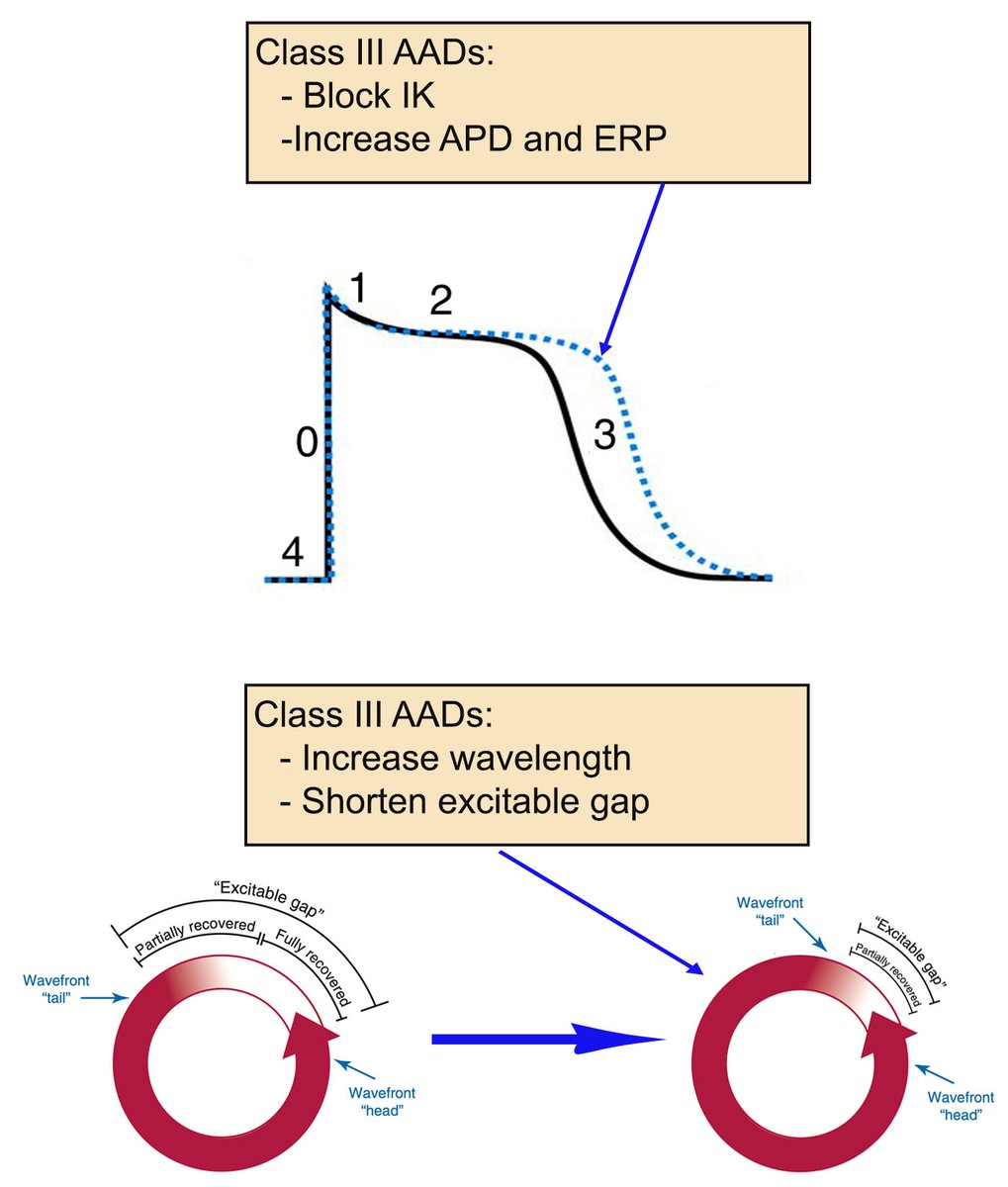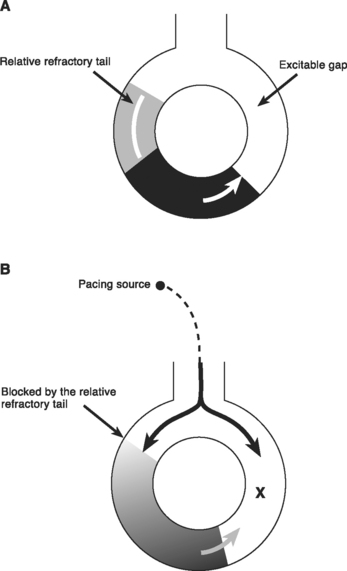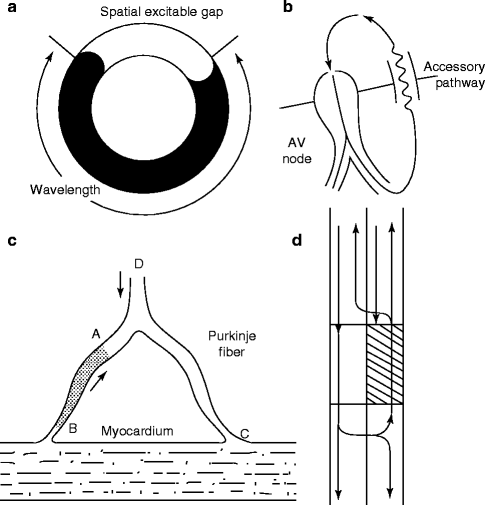
Methods for Determining the Refractory Period and Excitable Gap During Persistent Atrial Fibrillation in the Goat | Semantic Scholar

Figure 5 from The 'Sicilian Gambit' - A new approach to the classification of antiarrhythmic drugs based on their actions on arrhythmogenic mechanisms | Semantic Scholar

Schematic diagram illustrating the mechanism of resetting in reentrant... | Download Scientific Diagram

Ziad F. Issa on Twitter: "2/8 For AFL reentry to sustain, the wavelength of the reentrant wavefront (conduction velocity x ERP) should be shorter than the reentry pathlength. This can be achieved

Schematic of antitachycardia pacing (ATP) interaction with myocardium... | Download Scientific Diagram

General Principles of Antiarrhythmic Therapy for Ventricular Tachyarrhythmias - American Journal of Cardiology

Characteristics of the Temporal and Spatial Excitable Gap in Anisotropic Reentrant Circuits Causing Sustained Ventricular Tachycardia | Circulation Research

Electrophysiological changes in heart failure and their implications for arrhythmogenesis - ScienceDirect

Current concepts of functional reentry. A The leading circle concept is... | Download Scientific Diagram

Figure 37 from Basic mechanisms of cardiac impulse propagation and associated arrhythmias. | Semantic Scholar












